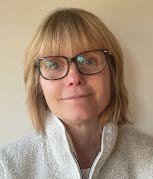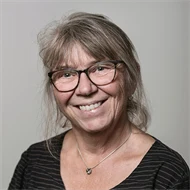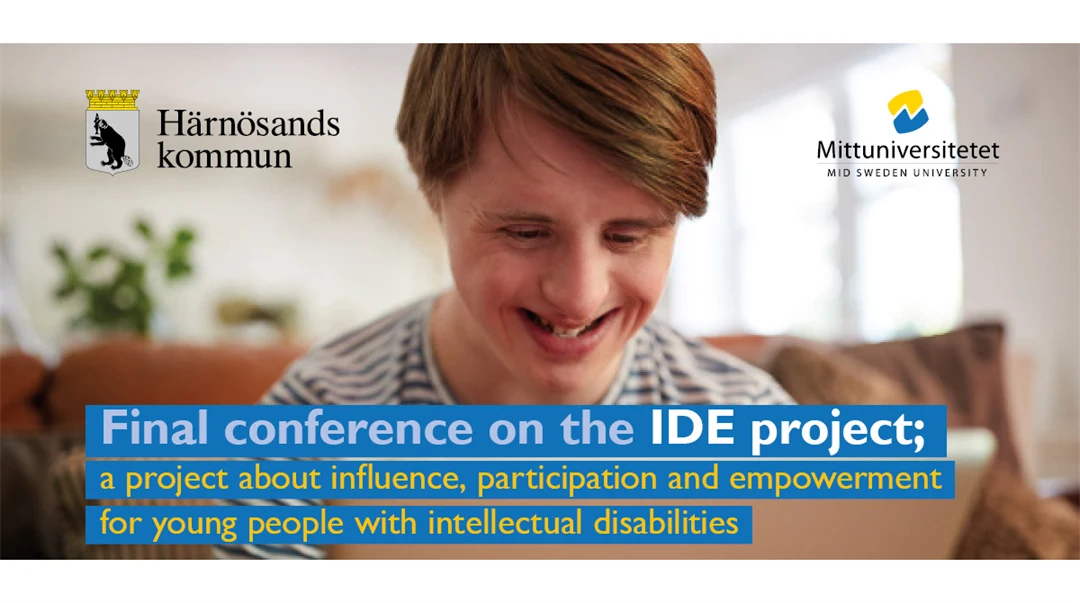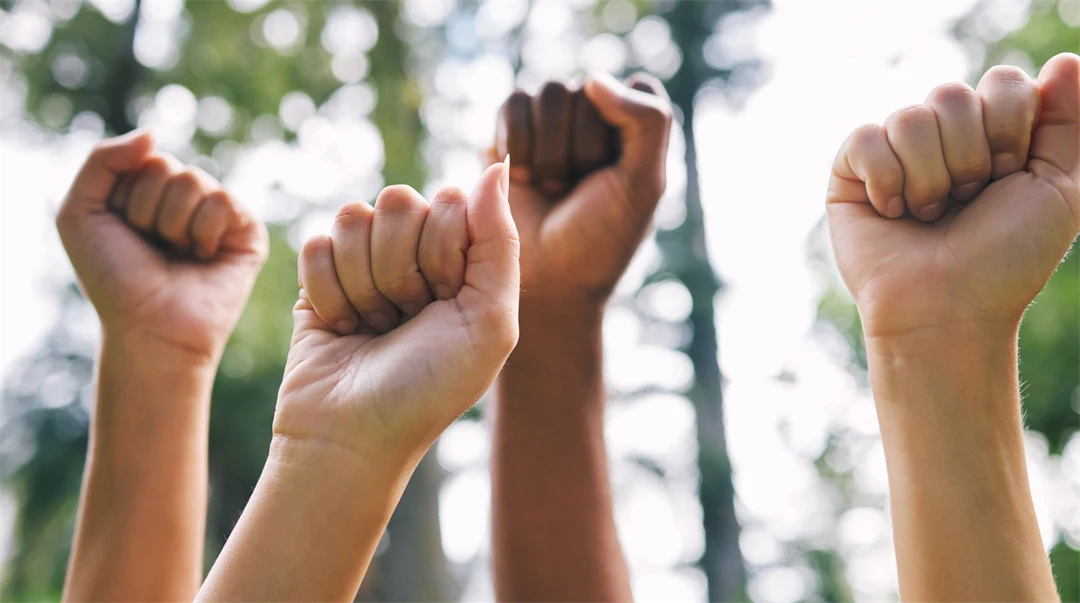Young people with intellectual disabilities must be full members of society
Young people with intellectual disabilities (ID) have poorer conditions for good health, participation in society and to influence their lives. Researchers from Mid Sweden University have investigated how participation and influence for young people with ID can be defined, applied, assessed and strengthened.
In the research project IDE project that Mid Sweden University carried out together with Härnösand municipality, answers were sought and methods were tested to strengthen participation and influence for young people with ID in the future.
Now it's time for the final conference and Marie Norgren, special needs teacher at adapted elementary school 7-9b at Gerestaskolan in Härnösand, answered some questions about how she experienced the project.

Why do you work with democracy and participation for young people with IF?
It is included for all students, regardless of school form, to work with democracy issues. The Photovoice method aims to strengthen the individual's participation and possibly achieve some kind of change that can contribute to a higher quality of life. It can be a challenge for us as staff, partly to capture the students' thoughts and perspectives and to explain the conditions for democracy. Photovoice gives the students the opportunity to express what they think is important and important to them, then it is an experience that it can be easier to influence and implement changes in the school but usually more difficult when it comes to society in general, outside school hours.
What is the main contribution of this research project?
We as staff have tried to enable and find adaptations for our student group with IF and based on the students' conditions, we have tried to implement the method in a few different areas. Working with photos as a form of documentation is common in school, especially for young people with IF. Something that the project has added is that we now start more from the students' perspective when we document in the activities. They have been involved in taking photos according to their ability, but all have been able to express what is important to them by making choices of photos in the documentation of their school life, which has strengthened their self-esteem.
How has the collaboration with the researchers worked?
Good, they have been responsive both with the students and us staff. We have had continuous follow-up during the project.
How will you continue to work with participation and influence in the future?
We have gained methods and tools both when it comes to documenting and making the students' development visible to themselves. We will use and perhaps develop these further in different ways.
Contact

Contact


